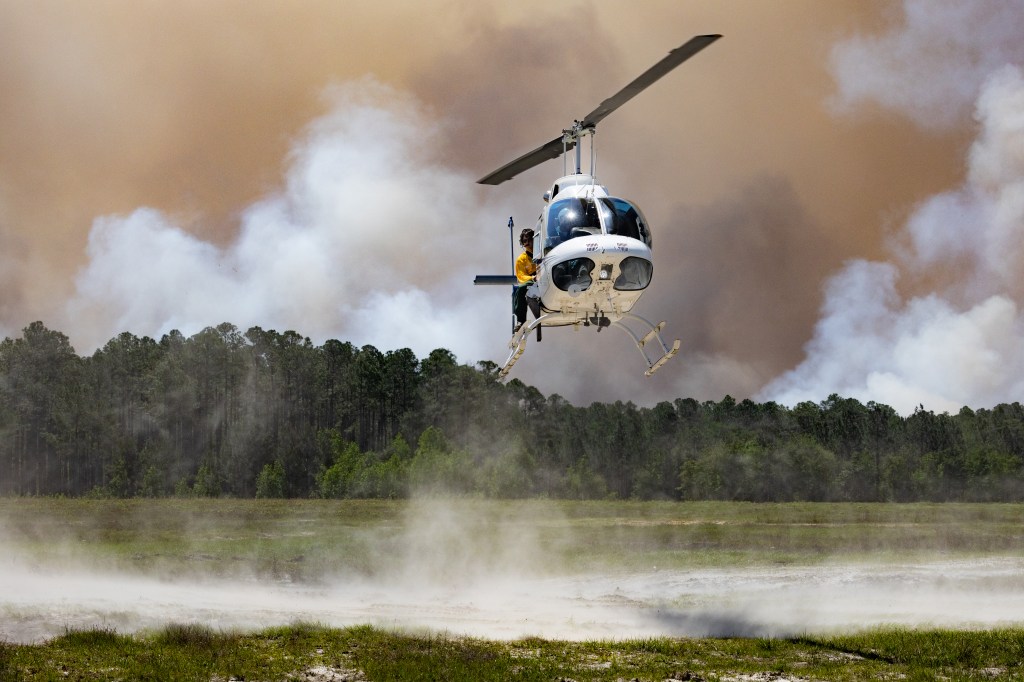Bennu Facts
Bennu is a small, near-Earth asteroid that passes relatively close to Earth about every six years. It was the target of NASA's OSIRIS-REx mission to collect an asteroid sample and bring it to Earth.
Introduction
Bennu is a carbon-rich asteroid that is about one-third of a mile (half a kilometer) wide at its equator.
An ancient relic of our solar system’s early days, asteroid Bennu has seen more than 4.5 billion years of history. Scientists think that within 10 million years of our solar system’s formation, Bennu’s present-day composition was already established.
Namesake
Bennu’s original designation was 1999 RQ36. The name “Bennu,” referencing an ancient Egyptian deity, was picked in 2013 by nine-year-old Michael Puzio, from North Carolina, who won a naming competition.
Potential for Life
Bennu does not appear to have the conditions necessary for life as we know it. Temperatures range from a toasty 240 degrees Fahrenheit (116 Celsius) to a frigid -100 degrees. Because there is no atmospheric pressure, liquid water cannot exist on or under its surface.
Size and Distance
At about one-third of a mile (half a kilometer) wide at its equator, Bennu is minuscule compared to the planets – in fact, it is only slightly wider than the height of the Empire State Building. By comparison, the smallest planet, Mercury, is more than 3,000 miles across.
Bennu’s average orbital distance from the Sun is about 105 million miles (168 million kilometers), which is only slightly farther than Earth’s average orbital distance of 93 million miles.
Orbit and Rotation
Bennu makes one orbit around the Sun every 1.2 years. It makes one full rotation on its axis every 4.3 hours. Bennu makes a close approach to Earth every six years, coming within about 186,000 miles (299,000 kilometers) of our planet. Its orbital path is tilted about 5 degrees relative to Earth’s.
The asteroid’s equator is tilted by about 175 degrees, so its north pole is pointing “down” relative to Earth’s north pole. By comparison, Earth’s tilt is 23 degrees, which accounts for the seasonal changes we see on our planet.
Formation
Bennu likely was broken off from a much larger carbon-rich asteroid about 700 million to 2 billion years ago, which is relatively recent in geological time. It likely formed in the Main Asteroid Belt between Mars and Jupiter, and has drifted much closer to Earth since then.
Scientists think that a cataclysmic collision caused a carbon-rich asteroid 60 to 130 miles (100-200 kilometers) in diameter, roughly the size of Connecticut, to break apart, scattering pieces including Bennu. The asteroid has wandered into near-Earth space because of gravitational interactions with the giant planets and because of the long-term Yarkovsky effect – the small force on a spinning body due to its absorbing sunlight and re-emitting the heat as infrared radiation
Structure
Bennu looks like a spinning top – a shape whose origin scientists don’t fully understand. Some other asteroids have similar equatorial ridges.
The OSIRIS-REx Sample Analysis Team examined the 4.3-ounce (121.6-gram) pristine sample of Bennu delivered by the spacecraft Sept. 24, 2023. The team found that Bennu contains the original ingredients that formed our solar system. The asteroid’s dust is rich in carbon and nitrogen, as well as organic compounds, all of which are essential components for life as we know it. The sample also contains magnesium-sodium phosphate, which was a surprise to the research team, because it wasn’t seen in the remote sensing data collected by the spacecraft at Bennu. Its presence in the sample hints that the asteroid could have splintered off from a long-gone, tiny, primitive ocean world.
Dominated by clay minerals, particularly serpentine, the sample mirrors the type of rock found at mid-ocean ridges on Earth, where material from the mantle, the layer beneath Earth’s crust, encounters water.
This interaction doesn’t just result in clay formation; it also gives rise to a variety of minerals like carbonates, iron oxides, and iron sulfides. But the most unexpected discovery is the presence of water-soluble phosphates. These compounds are components of biochemistry for all known life on Earth today.
In terms of its composition, because of Bennu’s resemblance to carbon-rich meteorites found on Earth, scientists think the asteroid is made of some of the solar system’s oldest materials. These materials were forged in large dying stars, including supernova explosions, long before our solar system formed. The asteroid’s materials would have been altered by heat when its parent body broke apart in the giant collision. Meteorites that seem similar to Bennu in color or spectral properties often contain organic material, which does not necessarily come from a biological source.
Surface
Bennu surprised scientists in December 2018 when NASA’s OSIRIS-REx spacecraft arrived to take a sample of the asteroid. The mission team found a surface littered with rocks and large boulders — some as big as 72 feet (22 meters) across. What’s more, the team observed more than 300 occasions when rocky particles were ejected from the asteroid’s surface. Some particles escaped into space, others briefly orbited the asteroid, and most eventually fell back onto its surface.
After analyzing data gathered when OSIRIS-REx collected a sample from asteroid Bennu in October 2020, scientists learned something else astonishing: The spacecraft would have sunk into the surface of Bennu had it not fired its thrusters to back away immediately after it grabbed dust and rock from the asteroid’s surface.
It turns out that the particles making up Bennu’s surface are so loosely packed and lightly bound to each other that if a person were to step onto Bennu they would feel very little resistance – as if stepping into a pit of plastic balls that are popular play areas for kids.
Atmosphere
Bennu doesn’t have enough gravity to have an atmosphere.

































